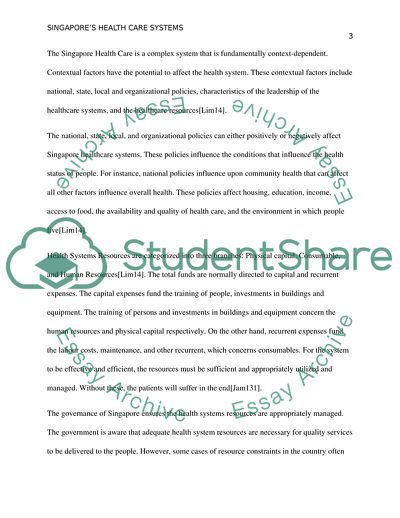Cite this document
(Health Systems, Policy and Financing in Singapore Literature review, n.d.)
Health Systems, Policy and Financing in Singapore Literature review. https://studentshare.org/health-sciences-medicine/1861685-health-systems-policy-and-financing-in-singapore
Health Systems, Policy and Financing in Singapore Literature review. https://studentshare.org/health-sciences-medicine/1861685-health-systems-policy-and-financing-in-singapore
(Health Systems, Policy and Financing in Singapore Literature Review)
Health Systems, Policy and Financing in Singapore Literature Review. https://studentshare.org/health-sciences-medicine/1861685-health-systems-policy-and-financing-in-singapore.
Health Systems, Policy and Financing in Singapore Literature Review. https://studentshare.org/health-sciences-medicine/1861685-health-systems-policy-and-financing-in-singapore.
“Health Systems, Policy and Financing in Singapore Literature Review”. https://studentshare.org/health-sciences-medicine/1861685-health-systems-policy-and-financing-in-singapore.


